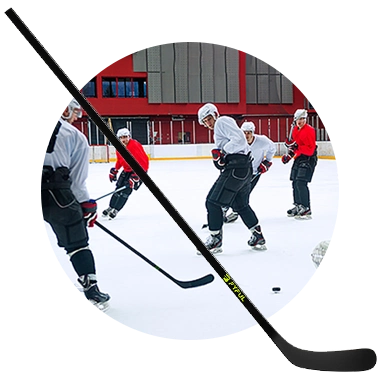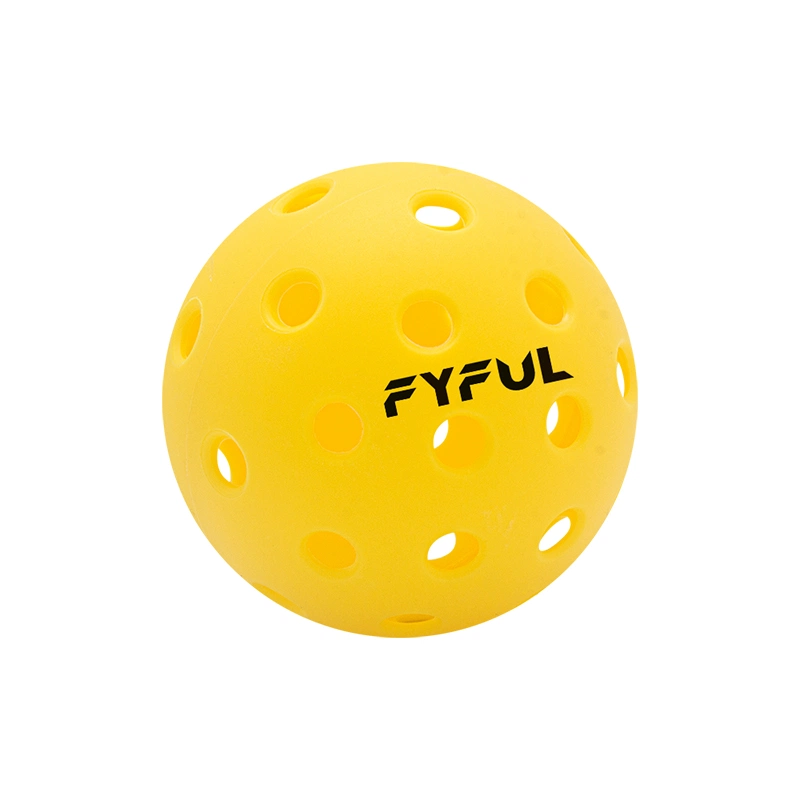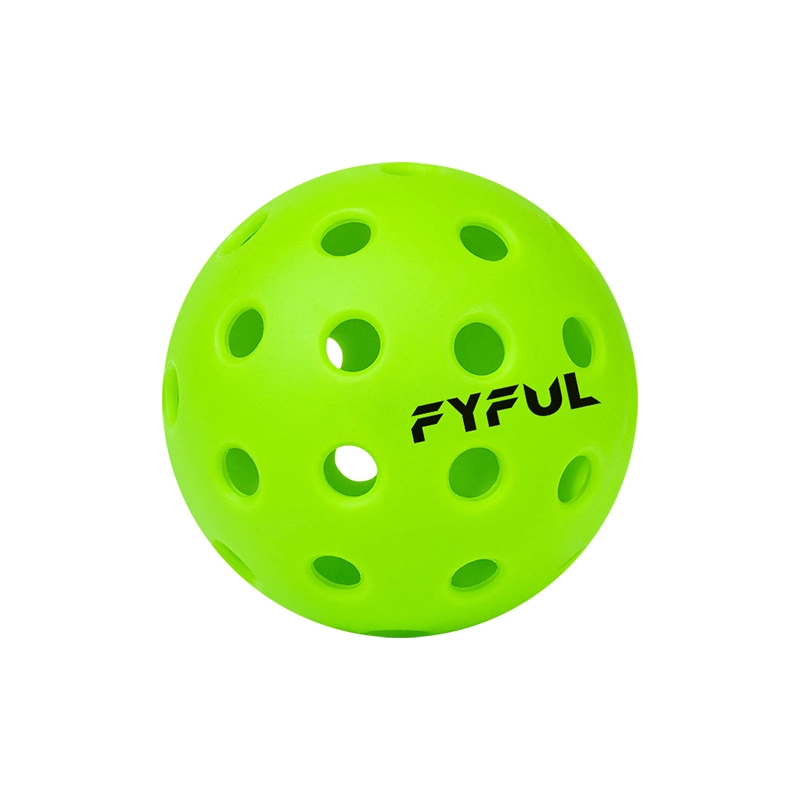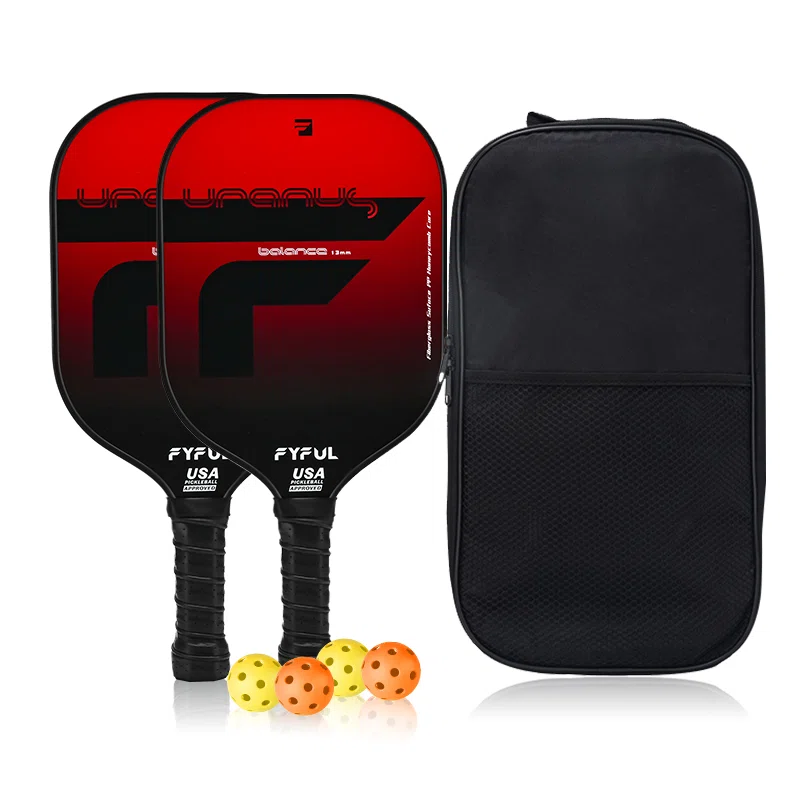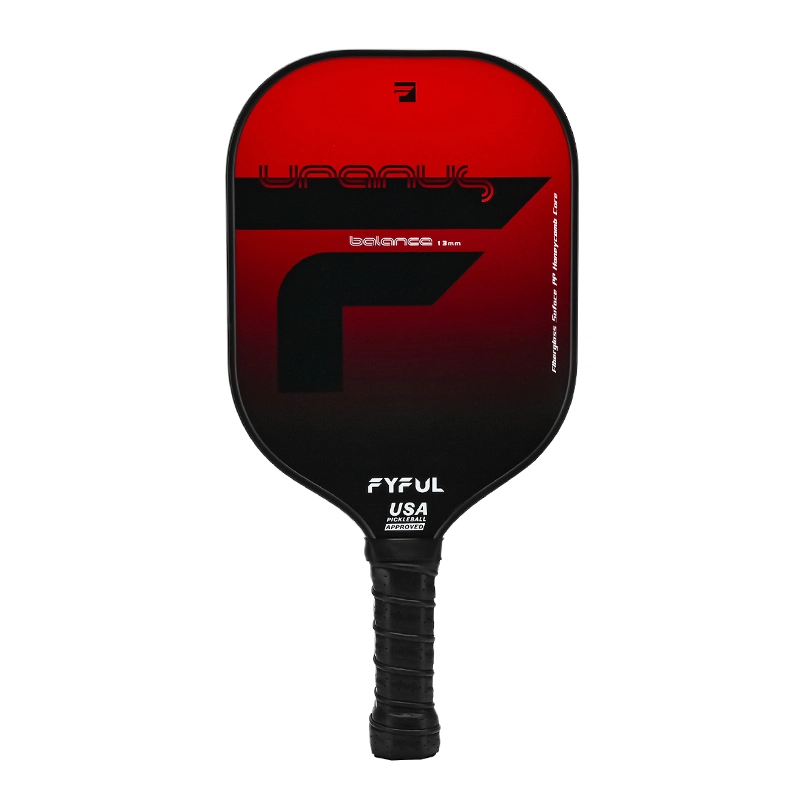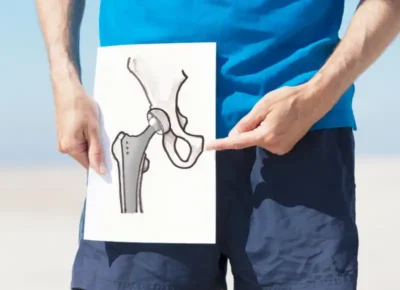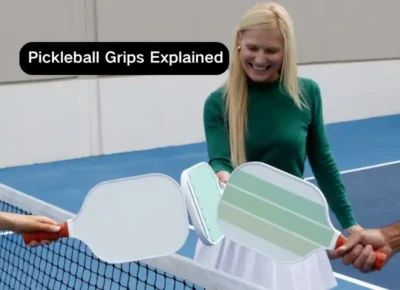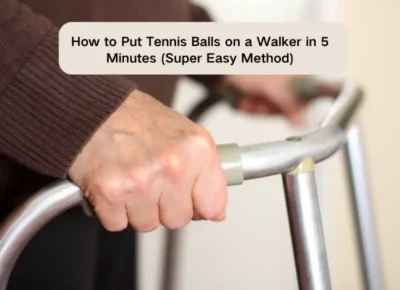Table of Contents
Pickleball one of the fastest growing sports in the United States has gained its popularity in recent years. This game is for all age groups. Pickleball is a mixture of tennis, ping pong, and badminton. The Pickleball game requires agility, hand eye coordination, flexibility and great ball hitting skills. People often is used to play the game to maintain their weight and play some shots every five days a week.
First the game was played as a fun and spend some quality time with your family. As time passed, the game got to some other levels where people played the game in competitions. Now, the pickleball associations across the world aim to include the games in the Olympics. Surely, this is going to be a lengthy process, but hopefully, pickleball will be included in the Olympics in the next few years.
This article will focus on pickleball clubs – what is a pickleball club, how to start a pickleball club and how to start a pickleball league as a pickleball club organizer. You will learn how to make your pickleball club profitable.
What is a Pickleball Club?
A Pickleball club is somewhat a group of people or a community where people meet and play the game. It might include the areas having pickleball courts, where people come on regular basis to play the game with friend and people whom they made their groups with. It is one of the best practices to peruse if you want to know about all the players interested in the game.
Pickleball clubs can vary in size and structure. They are often formed by pickleball enthusiasts who want to create a community for players of all skill levels.
These clubs may have regular meetups for playing, organize tournaments, offer lessons and clinics, and provide a social environment for members to connect and enjoy the sport.
Benefits of Pickleball Clubs
- Clubs often have reserved court times or their own dedicated courts, making it easier for members to find places to play.
- Clubs provide a community of fellow players, allowing members to meet new people, make friends, and enjoy the social aspect of the sport.
- Many clubs offer coaching, clinics, leagues, and skill-building opportunities, helping players improve their game.
- Clubs may organize intra-club tournaments or participate in larger regional or national events, providing opportunities for friendly competition.
- Some clubs have equipment available for members to use, which can be helpful for newcomers or those who want to try different paddles before purchasing their own.
- Pickleball clubs serve as hubs for players to come together, enjoy the sport, improve their skills, and be part of a welcoming community.
Steps to Start a Pickleball Club
Starting a pickleball club can be a rewarding process, especially if you’re passionate about the sport and want to create a community for others to enjoy it as well. Here are steps to help you get started:
1. Collect Information Regarding the Interest for the Game in Community
Before officially starting a club, gauge interest in your community. Close dialog with friends, family, neighbors, or local players at existing courts to see if there’s enthusiasm for a new club.
2. Define Your Club's Mission
What will your club focus on? Is it purely recreational play, or will you also host tournaments, clinics, or social events? Defining your mission will help guide your club’s activities.
3. Pick/Get a Location
Identify where you’ll play. This could be existing public courts, school courts, or private facilities. Ensure you have permission or proper permits if using public spaces.
You need to complete this procedure earlier so that you can get the best possible results for you. A great site, logo with elements related to the pickleball, experienced staff can help you build a perfect set.
4. Prepare Pickleball Courts
Creating a pickleball club and preparing pickleball courts could be a huge task for enthusiasts looking to promote the sport in their community. If you find a location without pre-established courts, building your own pickleball courts is a great option. There is an ultimate guide to help people in how to build a pickleball court.
Fyful’s Pickleball Net Set is a great recommendation for setting up courts. It’s portable, easy to assemble, and comes with a high-quality net that meets regulation standards. The net set is built with precision so that people could continue playing with the same net for longer periods.
5. Create a Club Structure
Decide on your club’s structure. Will it be formal with officers (President, Vice President, Treasurer, income structure, etc.) or more casual? Determine how decisions will be made and who will be responsible for what. Add a logo to your club’s name, it plays a vital role and gives you an edge to promote pickleball.
6. Deal with Legal Matters
Depending on your area, you may need to register your club as a non-profit organization. Check with local authorities or legal advisors to understand any legal requirements.
7. Define Rules and Guidelines for your Club
Establish rules for play, membership, conduct, and any other necessary guidelines. This helps create a positive environment for all members. Add a description list for staff, instructors for a healthy experience in the club. Schedule your player timetable to use the facility or a court.
8. Membership and Dues
Decide if you’ll have membership fees and what they will cover (court reservations, equipment, events, etc.). Determine how people can join and start playing.
Offer some convenient payment options and go with low rates so that people can come in numbers and help you get some income as well.
9. Promote Your Club
Spread the word! Use social media, local community boards, flyers at courts, or word-of-mouth to let people know about your club. Consider hosting an open house or demo day. Social media promotions could help you in this matter for sure.
10. Host Events
Organize regular play sessions to build momentum and let your players participate in leagues. As your club grows, you can organize tournaments, matches, clinics, social gatherings, or charity events.
11. Arrange Pickleball Equipment like Pickleball Paddles and Balls
Ensure you have enough equipment for members, especially for newcomers who might not have their own paddles or balls. Consider storing equipment at your primary court location.
If you have not, consider contacting a certified seller to get pickleball paddles, pickleball balls, and other equipment. Fyful’s wholesale pickleball equipment and customized pickleball paddles are a great option to avail. The customized paddles offer a sense of unity when they are brought into the club. The power, performance and quality of these customized paddles is taken care according to the needs of the players. The quantity is not an issue either, so that a club can order in bulk.
12. Website or Online Presence
A website or social media page can help with communication, event planning, and showcasing your club to potential members. Use social media groups with a blue tick to send a positive message. Social media is always a good option to send your word to get registration in good numbers.
13. Evaluate and Adapt
Regularly check in with members to see what they enjoy and what could be improved. Adapt your club’s activities based on feedback. Bring the latest equipment to excite your members. Choose stock or custom made paddles according to the needs of your players in the club.
How to Start a Pickleball League as a Pickleball Club Organizer?
What is a Pickleball League?
A pickleball league is an organized group where players compete in scheduled matches under a defined set of rules. It usually features different skill levels and is designed to promote regular play, skill improvement, and social interaction among enthusiasts of the sport.
A pickleball club often starts a pickleball league as a way to organize regular, structured play among its members and possibly with players from other clubs.
Reasons a Club Starts a Pickleball League:
Starting a league can enhance the club’s offerings and provide its members with opportunities for competitive play, improvement of skills, and social interaction. Here are some reasons a club might start a league and the benefits it brings:
- Structured Play: A league provides regular, organized game play that can be more structured compared to casual play sessions. It ensures that games are played on a regular schedule and can help in tracking progress and standings.
- Skill Development: Regular competition in a league setting helps players improve their skills through consistent play against a variety of opponents with different playing styles.
- Member Engagement: A league can increase member engagement and satisfaction by providing a competitive yet friendly environment. It can be a key factor in retaining club membership and attracting new members.
- Community Building: Leagues foster a sense of community and camaraderie among participants, creating a supportive and social atmosphere within the club.
- Attract Sponsorship and Funding: Organizing a league can also make the club more attractive to potential sponsors and local businesses, providing opportunities for partnerships and funding.
- Visibility and Promotion: A league can serve as a promotional tool for the club, raising its profile in the community and attracting more participants or spectators.
Steps a Club Takes to Start a Pickleball League:
Here are several steps on how to start a pickleball league:
1. Assess Member Interest and Feasibility:
- Survey Members: Use surveys or informal discussions to gauge interest in starting a league among club members. Determine preferences for league format (e.g., singles, doubles, mixed doubles), frequency, and level of competitiveness.
- Feasibility Study: Evaluate available resources such as court availability, potential organizers, and volunteer support.
2. Define League Structure and Rules:
- Choose Format: Decide on the league format, including round-robin, ladder, or knockout tournaments.
- Set Rules: Establish clear game rules, scoring systems, and match regulations. Align these with official pickleball rules while accommodating any club-specific adaptations.
- Create Divisions: If necessary, create divisions based on skill level or age to ensure fair and competitive play.
3. Plan Logistics
- Venue: Confirm the availability of courts and schedule match times that minimize conflicts and maximize participation.
- Equipment: Ensure there is adequate equipment, such as paddles, balls, and nets. Check that all equipment meets safety and quality standards.
- Scheduling: Develop a match schedule that accommodates participants’ availability and leaves room for rescheduling if needed.
4. Set Up Registration:
- Determine Fees: Decide on registration fees to cover costs such as court rental, equipment maintenance, and any prizes or refreshments.
- Create Registration Forms: Develop forms to collect important information, including player contact details, skill level, and availability.
- Promote Registration: Use club newsletters, social media, and club meetings to promote league registration.
5. Promote the League:
- Marketing Strategy: Use emails, flyers, social media, and word of mouth to raise awareness about the league.
- Engage Non-members: Consider opening the league to non-members to boost participation and club membership.
6. Organize an Opening Event:
- Kick-off Meeting: Host a meeting or an event to discuss league rules, schedule, and expectations with all participants.
- Social Activities: Incorporate a social element such as a barbecue or meet-and-greet to foster camaraderie and enthusiasm.
7. Manage League Operations:
- Appoint Coordinators: Assign volunteers or staff members specific roles for smooth operation, such as scorekeepers, match schedulers, and dispute resolvers.
- Regular Updates: Communicate regularly with participants about upcoming matches, standings, and any changes in the schedule or rules.
8. Monitor and Adapt:
- Gather Feedback: Regularly collect feedback from players and spectators to identify areas for improvement.
- Adaptations: Be prepared to make adjustments to the schedule, format, or rules based on feedback and ongoing observations.
9. Celebrate and Recognize:
- End-of-Season Event: Organize a closing ceremony or celebration event to recognize participants, hand out awards, and celebrate successes.
- Acknowledgments: Acknowledge the efforts of volunteers and coordinators who helped run the league.
10. Review and Plan for the Next Season:
- Post-Season Review: Hold a meeting to review the season’s successes and challenges. Discuss what worked and what could be improved.
- Future Planning: Use the insights gained to plan for future seasons, making necessary adjustments to continue growing and enhancing the league.
Are Pickleball Clubs Profitable?
Whether a pickleball club is profitable depends on various factors, including its size, structure, membership fees, operating costs, and revenue streams. Many clubs charge membership fees, which can range from annual to monthly payments. These fees can cover court reservations, equipment, and club events.
It’s worth noting that many pickleball clubs are run by volunteers or have modest financial goals focused on sustaining the club rather than making a profit.
Some clubs operate as non-profits, with any excess revenue reinvested into the club’s activities, facilities, or community programs. The primary goal for these clubs may be to promote the sport, build a community, and provide a fun and welcoming environment for players.
Pickleball clubs can be profitable, especially with a solid membership base and diverse revenue streams. Profitability is not the only measure of success. Many clubs focus on providing value to their members and the community rather than maximizing profits.
How to Make Your Club Profitable?
Hosting tournaments can generate revenue through entry fees from participants. Larger clubs may attract sponsors who provide financial support in exchange for advertising or recognition.
Charging for special events, socials, or parties are key factors that bring in revenue. Customers and viewers can offer a lot and help you pay your bills.
A larger membership base can lead to more revenue. Clubs in areas with high demand for pickleball may attract more members. Clubs that offer a strong sense of community and enjoyable events tend to retain members and attract new ones.
Keeping costs low through efficient management and volunteer work can improve profitability. Clubs that offer a variety of activities and programs may attract a broader range of members. Offer more payment options for customers’ ease and allow them to participate in any event they want.
Conclusion
Pickleball club can be an exciting venture for those passionate about the sport and looking to create a community of players. By following the steps outlined, such as defining the club’s mission, finding a location, establishing a structure, and promoting the club, individuals can lay a solid foundation for a successful club.
While profitability can vary based on factors like membership fees, revenue streams, and operating costs, the primary goal for many clubs is to create a welcoming environment for players to enjoy pickleball, improve their skills, and build friendships.
Whether a club aims to be a non-profit supporting the local community or a for-profit venture, the ultimate measure of success lies in the satisfaction and engagement of its members. Starting a pickleball club is not just about the financial aspect; it’s about fostering a sense of community, promoting a beloved sport, and creating lasting connections among players.
Related Post: How to Build a Pickleball Court



